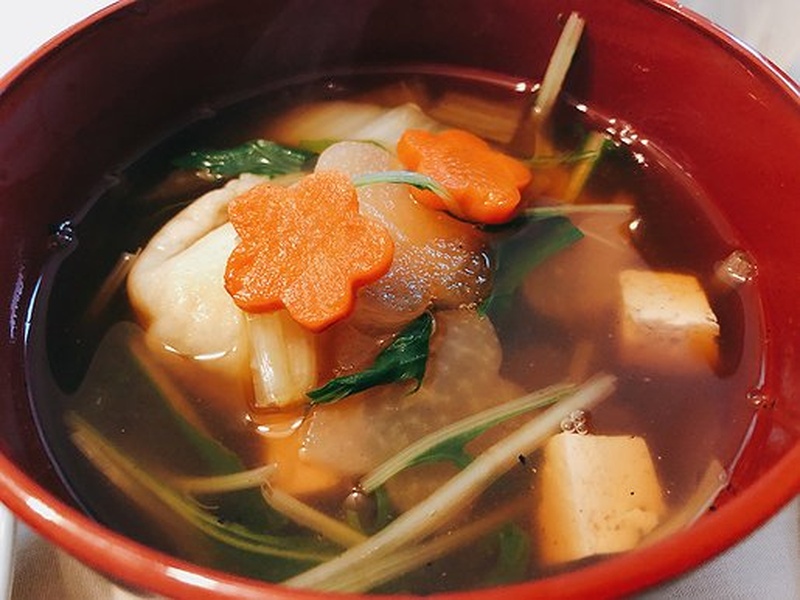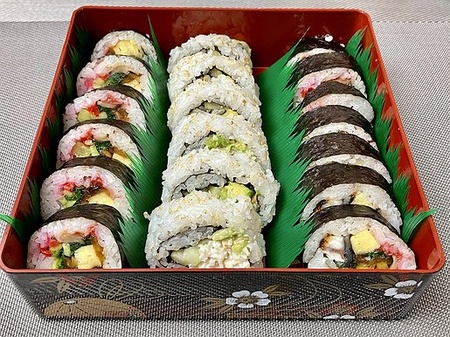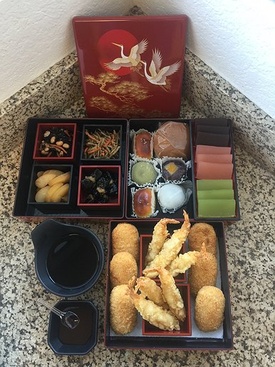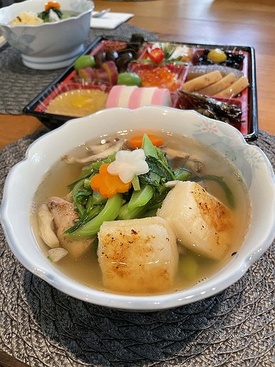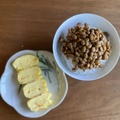To put it simply, Oshogatsu looked a little bit different this year.
Maybe our kitchens lacked the same hustle, bustle, and lively commotion of the years prior. Or perhaps our ozoni was missing just that one special ingredient that tied it all together.
Whatever the case may be, welcoming in this New Year was certainly an unusual experience.
Oshogatsu, or the Japanese New Year, is a celebration of food, tradition, and—at its core—family. Found in both Japan and global Nikkei communities, Oshogatsu is considered to be one of the most widely-anticipated holidays for many families.
What defines Oshogatsu is the passing of the torch from one generation to the next. While kids can look forward to a promotion from rice washing to the sorting table for mochitsuki, some adults may find themselves tucking away otoshidama money in little decorative envelopes for the first time.
The traditions of Oshogatsu have run strong within families for decades and while some of our methods of honoring them may have changed throughout the years, submissions to the Nima-kai Oshogatsu Traditions online photo exhibition have helped to prove that the Nikkei community is still incredibly proud to honor our customs—both old and new.
Over 50 photos were submitted with a short description as part of Discover Nikkei’s project, which was presented in conjunction with the Japanese American National Museum’s Oshogatsu Virtual Family Festival, to illustrate the joys and festivities of Oshogatsu. From toshikoshi soba to bacon and nengajo, Nima-kai from various countries shared a little piece of what their Oshogatsu looked like.
John Nishio from California was one of many participants who contributed to the online exhibition. Nishio submitted a total of four photos, each one entailing a personal family story and encapsulating both the pungent flavors and delicate umami of osechi. For his first photo, Nishio wrote of his family’s deeply-rooted connection with mochitsuki—a tradition he has dubbed, “an unbroken string.”
“[Zenjiro and Genroku Nishio] worked for white farmers as share-croppers, and started the first family mochitsuki in 1912,” he stated. “This year, we celebrated our 108th year of mochitsuki, an unbroken string since Zenjiro and Genroku started the family tradition in 1912 with their families in Whittier.”
Even despite two pandemics and the WWII concentration camps, mochitsuki has remained strong within his family for generations and has withstood the test of time.
“At 99, Dad is still living on his own and still remembers how to make mochi,” Nishio commented. It seems that not even age can deter Nikkei from the beloved activity.
Away from the usu, kine, and mochi, makizushi is also a Nishio family favorite.
Nishio claims that his grandmother was famous for her 13-ingredient makizushi, and he even notes that it was her cooking that inspired him. “Whenever I make her makizushi, I feel like she is standing right behind me,” he revealed. “I became a professional chef because she taught me how to cook.”
Alongside Nishio, other participants were equally as eager to share a photo of what this Oshogatsu meant for them.
For a few, it was an Oshogatsu of firsts: the first time preparing kuromame, the first time making inarizushi, or the first time stuffing anko into pounded rice dough.
Kenneth A. Hamada was one such “first-timer.”
“I was forced to attempt making my first Osechi-ryori at the age of 70 years old due to the stay-at-home restrictions due to COVID-19 pandemic preventing social gatherings.” Hamada confessed, “So, as a 70 year old single man, I had to make this in order to still observe the holiday traditionally.”
For other participants, it was about reflecting on the traditions that have been passed along from generation to generation—like football games, origami, and tea drinking.
Along with a photo submission, Ariel Okamoto highlighted some of her family’s exuberant Oshogatsu traditions.
“In non-pandemic times, our extended family gathers each New Year’s Day for an extravagant potluck, white elephant gift exchange, and day-long hang-out,” she wrote. “For me, it tops Thanksgiving as a favorite food holiday!”
And, for some Nikkei, the New Year brought new memories. Aska Singh was one prime example of such.
“We are a mixed race family,” Singh explained. “I am second generation Japanese-American and my husband is second generation Indian-American. This year we celebrated our first Japanese New Year’s together as a married couple.”
But, in spite of many feeling a sense of (somewhat) normalcy in the kitchen, what was not the same were the empty seats at the dinner table.
COVID-19 has halted life as we know it for the time being. We have seen beloved businesses close their doors and students forcibly adapt to the online realm. We have seen workers laid off left and right and hospital ICUs overflow. And, most notably, we have seen the world grow still under the weight of our silence, grief, and uncertainty.
However, despite living in a time when gatherings are called off for the sake of safety, the Nikkei community has shown that the pure bliss of Oshogatsu can never truly be stifled. Through thick and thin, Nima-kai were able to capture the beauty and strength of tradition in the 55 photos.
Yes, Oshogatsu looked a little different this year—there’s no denying it. But with the power of Zoom calls and video chats, we were still able to welcome the Year of the Ox with open arms and warm hearts.
And, next year, when we will hopefully see storefronts open and children go back to school, we’ll do it all again—just as we always have.
© 2021 Kyra Karatsu


